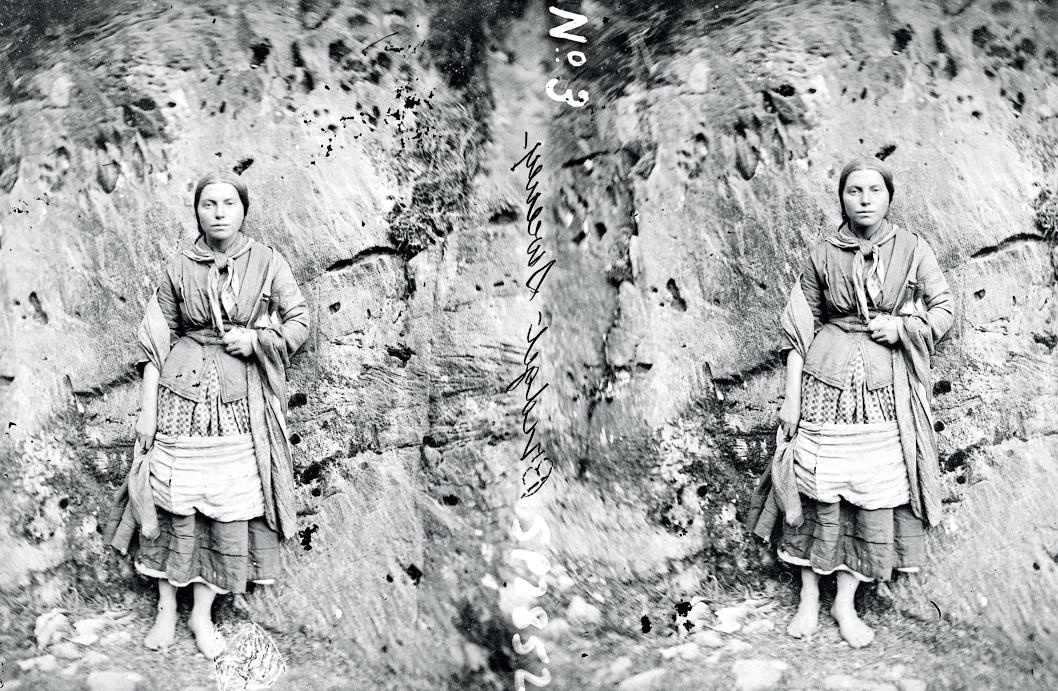
1 minute read
Rare Killarney photographs on show in Dublin exhibition
Two rare photographs that depict Killarney life in the 19th and 20th centuries are set to go on display as part of larger exhibition at the National Library of Ireland.
The National Photographic Archive, which is based in Meeting House Square, Temple Bar, captures the social, cultural and technological changes that have taken place across Ireland from the middle of the 19th century up to the turn of this century, and has a number of photos charting Kerry life.
The exhibition includes images which give a glimpse into Irish history and the evolution of photography. The exhibition comprises 50 photographs taken between 1858 – 2001, representing the age of analogue photography in Ireland. Photographs on display include early forms such as salt paper print and stereo-pair up to more contemporary photography.
A featured image taken at the Gap of Dunloe, Killarney, Co. Kerry features a young woman, by the name of Bridget
Sweeney, who became known as the ‘Gap Girl’. This is part of a series of seven portraits of local women who sold refreshments at popular tourist sites Killarney. ‘Stereopairs’ are identical images taken by a camera with two lenses, creating a 3D image when viewed through a special viewer called a ‘stereoscope’.
The exhibition also includes a photograph from the World Ploughing Championships which took place in Killarneyon 8th October 1954. Competitors from 12 countries challenged for the championship which was won by Hugh Barr, from Coleraine, County Derry. The aerial photograph shows the stalls promoting and selling agricultural goods.

“What’s collected today becomes history tomorrow. As Ireland’s memory-keeper, the National Library of Ireland continues to collect and share a vibrant national collection that documents historical and contemporary life on the island of Ireland. The NLI houses over five million photographs, which are a visual record of the history and culture of Ireland,” said Acting Head of Exhibitions, Learning and Programming at the NLI and curator of this exhibition, Sara Smyth.










